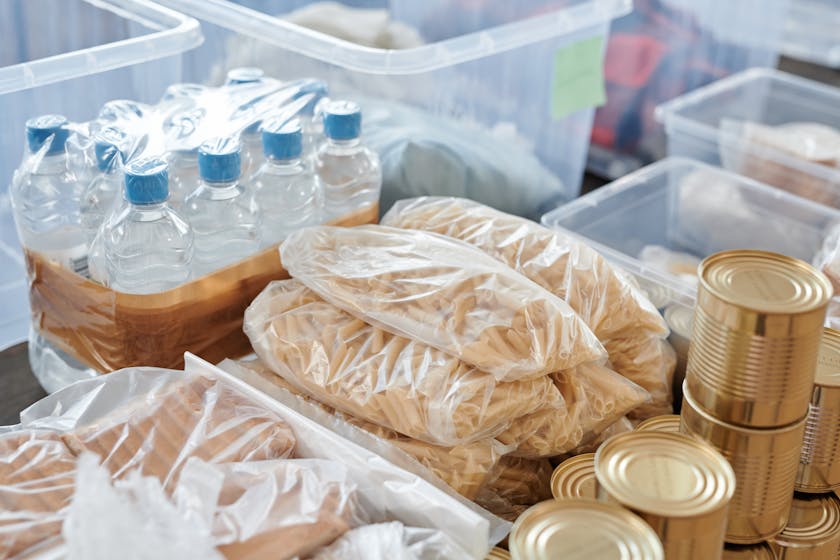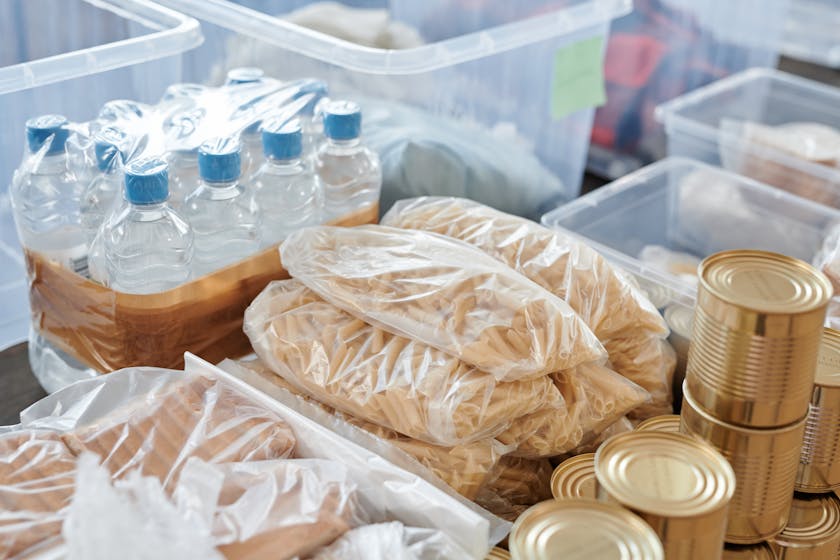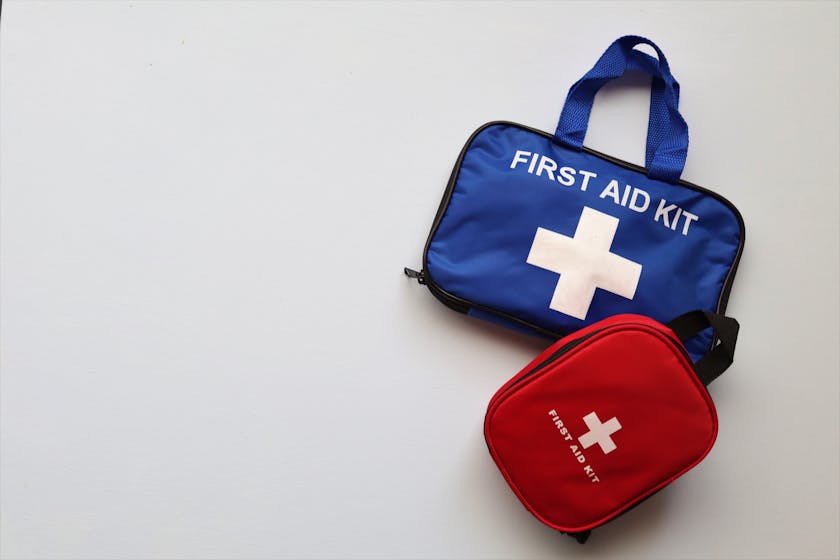When considering bulk meal storage for emergency preparedness, it’s important to ensure that you are efficiently using the space available to you. Storing food en masse can be a daunting task, but with the right strategies, you can maximize both space and shelf-life.
Understanding the Basics of Bulk Meal Storage
The first step in bulk meal storage is understanding what types of food are best for long-term storage. Non-perishable items such as rice, beans, canned goods, powdered milk, and dried fruits and vegetables are ideal. These items can last for years if stored correctly, making them perfect for an emergency food supply.
Selecting the Right Containers
Choosing the correct containers is crucial for maintaining the integrity of your bulk meals. Containers should be airtight, waterproof, and rodent-proof to protect your food from pests and the elements. Consider using food-grade buckets with gamma seal lids for easy access and stackability.
Optimizing Your Storage Area
The location of your storage area plays a significant role in the longevity of your bulk meals. Keep your storage area cool, dry, and dark to prevent spoilage. Basements, closets, or a dedicated pantry can serve as an ideal spot for your emergency food stash.
Creating an Efficient Organizational System
Organization is key when it comes to accessing your food in an emergency. Label all containers with the contents and the date of storage. Invest in shelving units to keep containers off the ground and to utilize vertical space effectively.
Maximizing Shelf-life through Proper Rotation
Regularly rotating your stock is essential to ensure that you are using items before they expire. Use the first-in, first-out (FIFO) method to keep older items in front and new stock in the back.
Incorporating Meal Planning into Storage
Planning meals around your stored food will not only rotate stock but also familiarize you with the ingredients you have on hand. This practice can make meal preparation during an emergency situation far less stressful.
Dealing with Space Constraints
Not everyone has the luxury of ample storage space. In smaller homes or apartments, be creative with your storage solutions. Under-the-bed storage containers, vacuum-sealed bags, and even furniture with built-in storage can be utilized for your bulk meal storage needs.
Utilizing Technology for Inventory Management
Keeping track of your stored food can be simplified with the use of inventory management apps or software. These tools can help you monitor expiration dates, quantities, and even generate shopping lists for replenishing your supply.
Preparing for Different Emergency Scenarios
While storing bulk meals is an excellent start, it’s also important to prepare for various types of emergencies. Consider the need for portable emergency kits with ready-to-eat meals in case of evacuation, as well as ways to cook your stored food without power.
Remember, the objective of bulk meal storage for emergency preparedness is to have a reliable food source in times of uncertainty. With careful planning, organization, and maintenance, you can create an emergency food supply that will sustain you and your family when it matters most.




